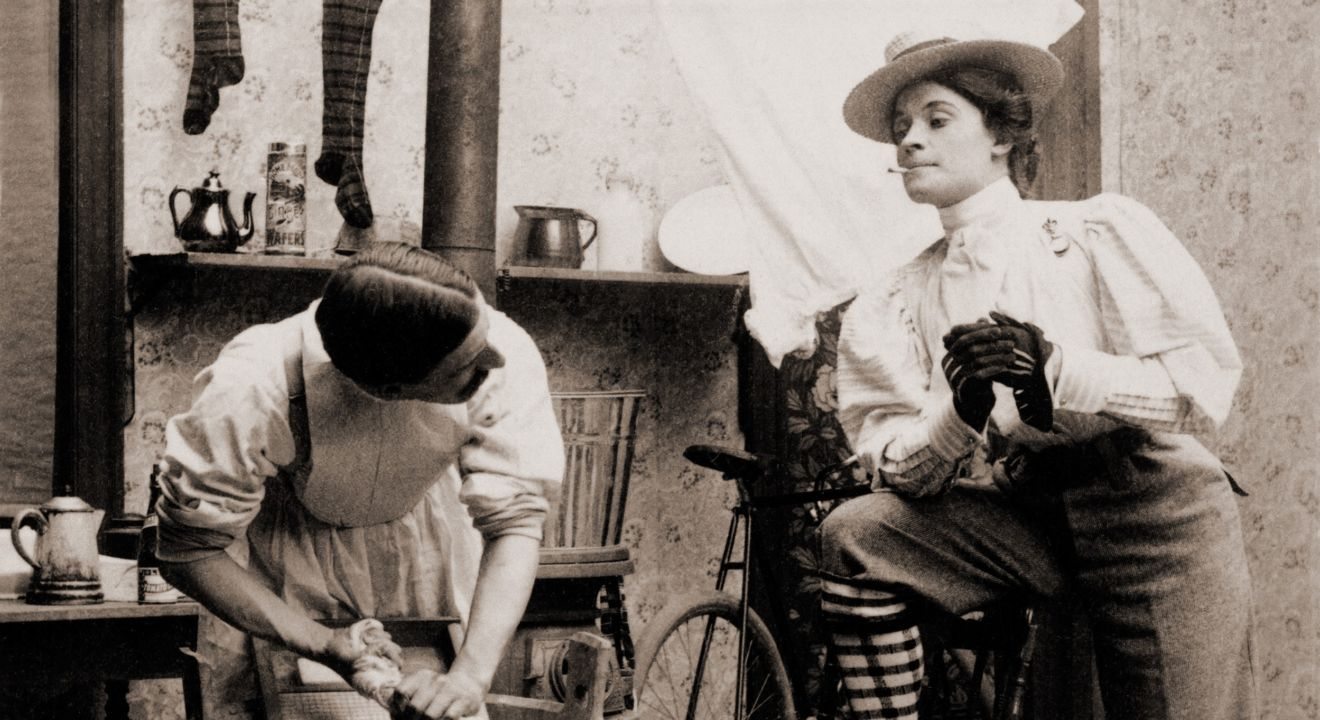February 13, 2017


With all of the recent buzz about gender fluidity and transsexuality, a little history lesson on sexual ambiguity is necessary. Sexual ambiguity is when one’s genitalia does not appear to be either male or female – also known as hermaphroditism or intersex. And, it’s been around forever. Only recently have we started talking about and changing how we think about gender and sex – but our history shows that this phenomenon has been thought about for much longer.
The first recorded case of ambiguous genitalia was in 1865, when pathologist Luigi De Crecchio assisted with an autopsy and found that Giuseppe Marzo had a male urinary tract, but no testicles, instead having female reproductive organs. Marzo was raised as a girl until the age of four when a surgeon decided that his testes has just not descended, and the rest of his life he lived as a man. He was known to have drank heavily, and was never married. His birth certificate labeled him a female.
But it goes farther back than that. Roman statues featured at the Metropolitan Museum of Art’s “Pergamon and the Hellenistic Kingdoms of the Ancient World” exhibit show that sexual ambiguity is part of our ancient past as well. A statue which appears to be the goddess Venus when approached from behind, reveals to be a depiction of a hermaphrodite upon closer look. The statue is one of many copies, actually – it’s believed to have been a popular joke in the ancient era to trick viewers. Carlos Picón, curator of Greek and Roman art at the Met, explained however that these statues, although were made as amusements, are not a sign that sexual ambiguity was accepted in ancient times. Most intersex people were killed, as they were seen as a bad omen.
There is a silver lining, however. Another work of art at this exhibit shows Hermaphroditus, the child of Greek gods Aphrodite and Hermes, as a female with male genitalia. According to the myth, Hermaphroditus was born a handsome boy, and when the water nymph Salmacis fell in love with him, one of the gods merged the two together, creating an androgynous goddess who embodies masculinity and femininity. Hermaphroditus was not seen as a joke, the way the fake Venus statues were – but instead was a powerful symbol of androgyny, effeminacy, and unity.